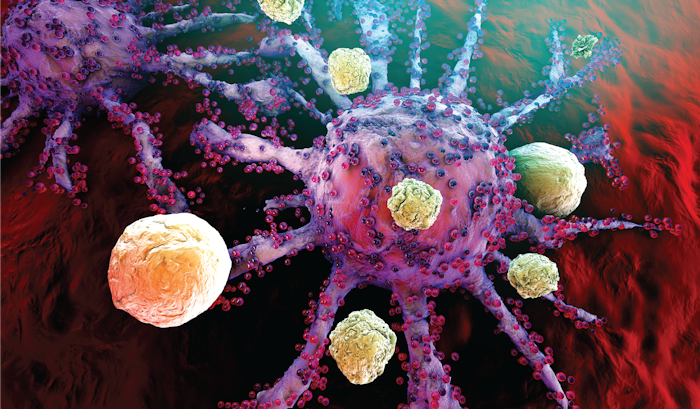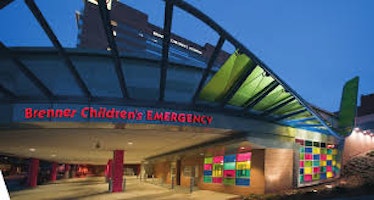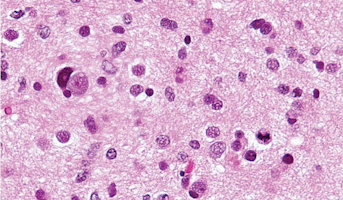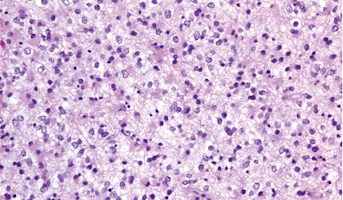Oncogene-Induced Senescence in RTK-fused Infant High Grade Gliomas
Email Principal Investigator

David Kram
CBTN Specimen
CBTN Participants
CBTN Samples
CBTN Pre-clinical Models
Backer
WFBMC Start-Up Funding
About this
Project
The goals of the project are to compare expression of senescence biomarkers in glioma tissue samples. Senescence refers refers to a cell that is in a stage where they do not divide. Researchers suggest that senescence contributes to the different behaviors and outcomes of infant and pediatric/adult glioma. The mechanism responsible for this difference in senescence induction between infant, pediatric, and adult glioma cells will be further investigated. Using frozen tissue, researchers will compare expression of senescence biomarkers in glioma tissue samples and correlate prevalence of senescent markers with glioma aggressiveness. Using the cell lines, researchers will analyze the effects that genetic manipulations have on senescence and tumor growth in primary human gliocytes and cell lines derived from HGG tissues. The Children’s Brain Tumor Network will make this work possible through the provision of 12 flash frozen tissue samples and 2 suspended cell pellets.
Ask The
Scientists
What are the goals of this project?
This project aims to better understand the connection between senescences and glioma aggressiveness across infants, children and adults.
What is the impact of this project?
Understanding these connections could lead to advancements in diagnostics, prognostics, and therapies for glioma patients.
Why is the CBTN request important to this project?
The rare, high quality specimens provided by the Children’s Brain Tumor Network are necessary for researchers to carry out this work.
Specimen Data
CBTN will be contributing to this project by providing 12 flash frozen tissue samples and 2 suspended cell pellets.
Meet The
Team
Institutions

Satellite
Onboarding

UNC Chapel Hill - North Carolina Children's Hospital
As a top-tier academic medical center, UNC Children's upholds a four-tiered mission to "CARE," aligning clinical care, advocacy, research, and education to deliver world-class family-centered care—always regardless of a family's ability to pay.If and when you need us, we're at the ready. Our nearly

Satellite

Wake Forest Baptist Health
Joined onBrenner Children's HospitalWake Forest Baptist Health is a preeminent academic medical center with two main components as an integrated clinical system – anchored by Wake Forest Baptist Medical Center, an 885-bed tertiary-care hospital in Winston-Salem – that includes Brenner Children’s, five commun
related
Histologies

High-Grade Glioma
High-grade Gliomas (HGG) or astrocytomas in children nearly always result in a dismal prognosis. Although novel therapeutic approaches are currently in development, preclinical testing has been limited, due to a lack of pediatric-specific HGG preclinical models. These models are needed to help test

Low-Grade Glioma
Low-Grade Gliomas also called astrocytomas are the most common cancer of the central nervous system in children. They represent a heterogeneous group of tumors that can be discovered anywhere within the brain or spinal cord. Although surgical resection may be curative, up to 20% of children still su

